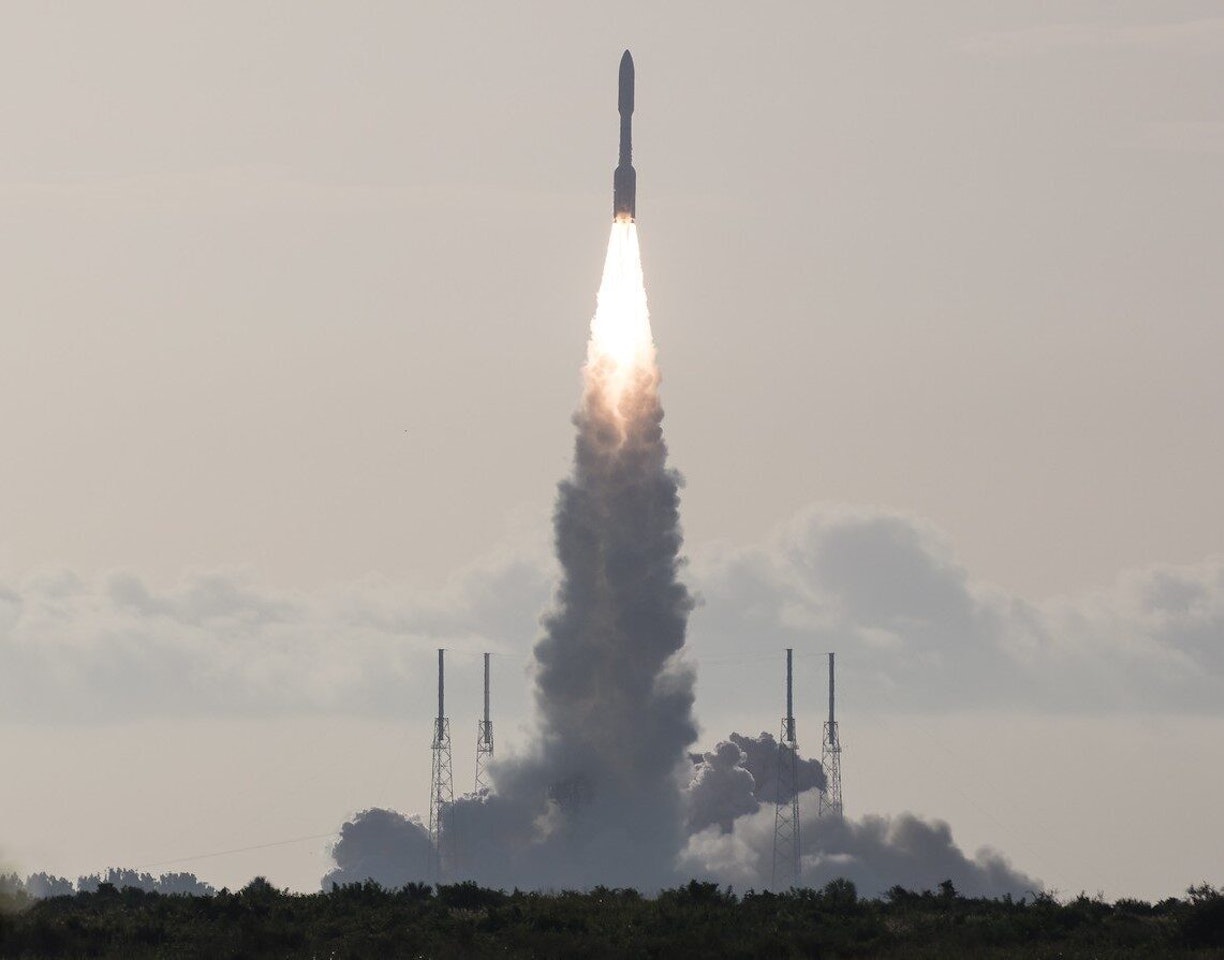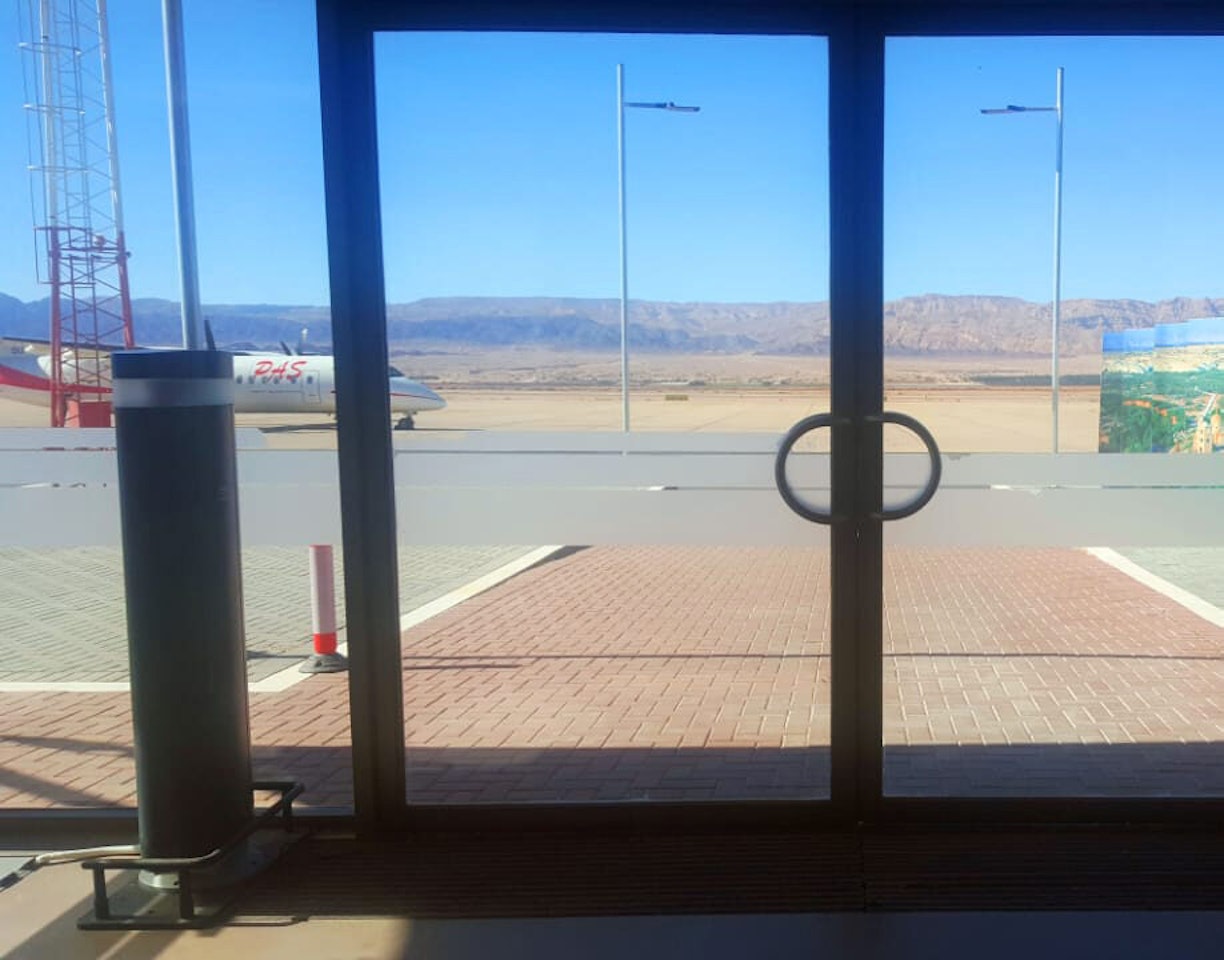Phantoms’ Voyage Beyond the Moon
Helga and Zohar, female-bodied torso models, were selected and customized to serve as what nasa.gov refers to as “purposeful passengers” on board the Orion spacecraft. Their purpose was to collect data that will help inform safety methods for future missions with astronauts. A stated goal of the Artemis program is to send the first woman astronaut to walk on the surface of the Moon, and women typically experience greater sensitivity to space radiation.
Both phantoms were equipped with radiation detectors, but only Zohar wore a radiation protection vest to better understand the radiation levels that may be encountered in space and how effective the vest is for mitigating solar particle events (SPE) exposure.
Aboard the uncrewed lunar mission, Helga and Zohar journeyed for 25 days, 10 hours, and 53 minutes, traveling 1.4 million miles before splashing down in the Pacific Ocean on December 11, 2022 with valuable data that will help pave the way for future space missions.
International Collaboration
While Sun Nuclear produced the ATOM Phantoms, the effort to prepare Helga and Zohar for the mission was an international effort. The German Aerospace Center (Deutsches Zentrum für Luft- und Raumfahrt; DLR) is conducting the Matroshka AstroRad Radiation Experiment (MARE) in collaboration with the Israel Space Agency (ISA) and industry partner StemRad, as well as Lockheed Martin and NASA. In addition, universities and research institutions from nine countries have participated in the experiment.
“Mirion Technologies has a long history of our products being used in space, from dosimeters in the International Space Station to various spectroscopy instruments in exploration robots and satellites,” says Thomas Logan, CEO of Mirion Technologies. “With the historic Artemis I mission and its inclusion of ATOM Phantoms, Sun Nuclear continues the longstanding engagement of Mirion to make space exploration safer, and to support interplanetary scientific voyages.”
Learn more about Mirion’s contributions to Space Exploration.





